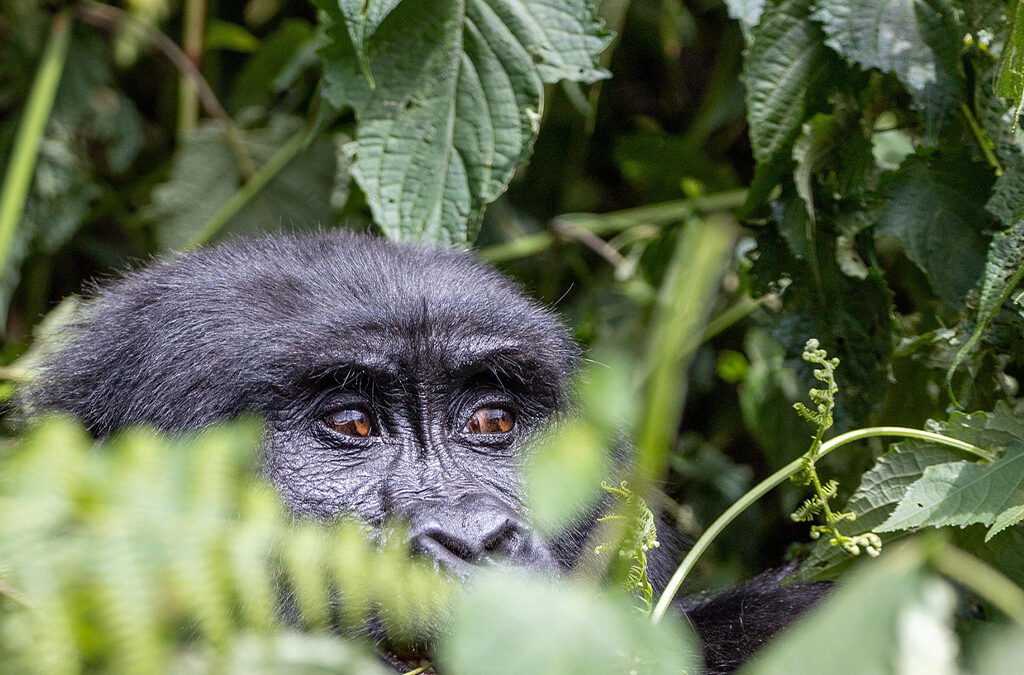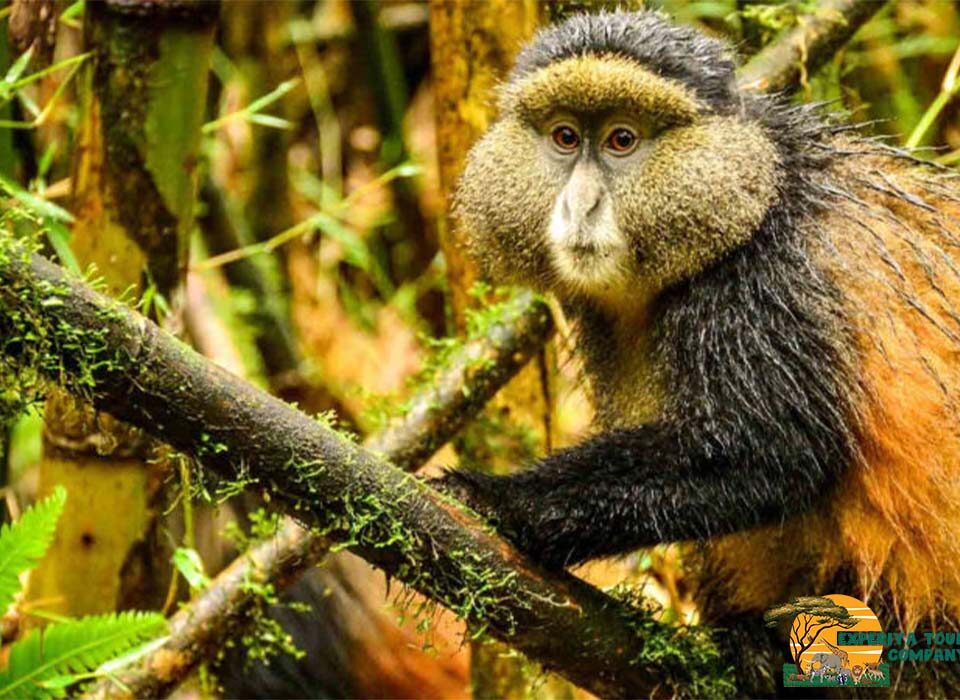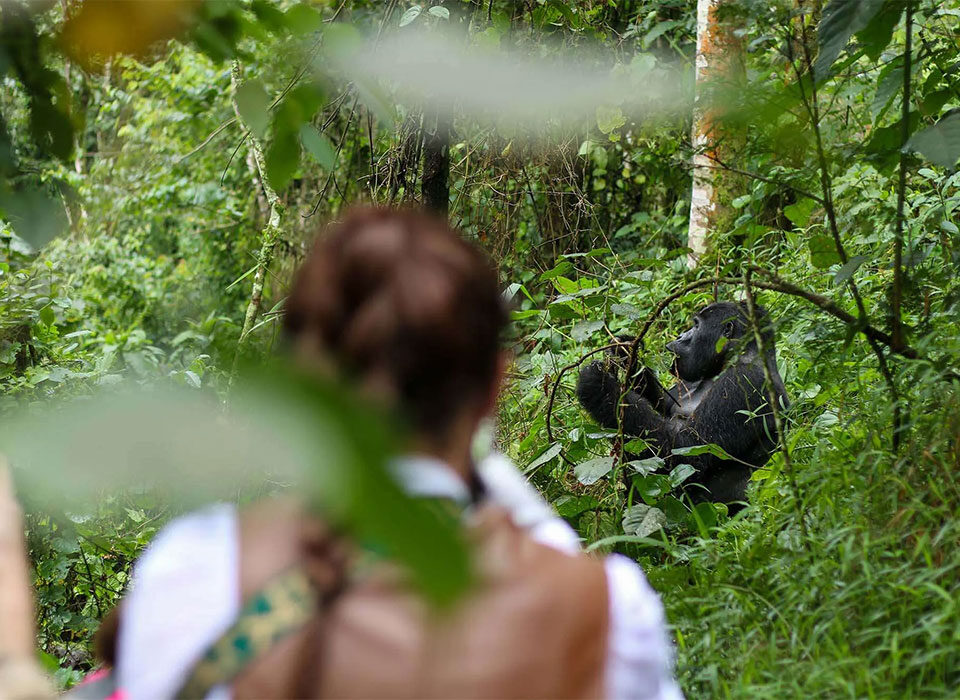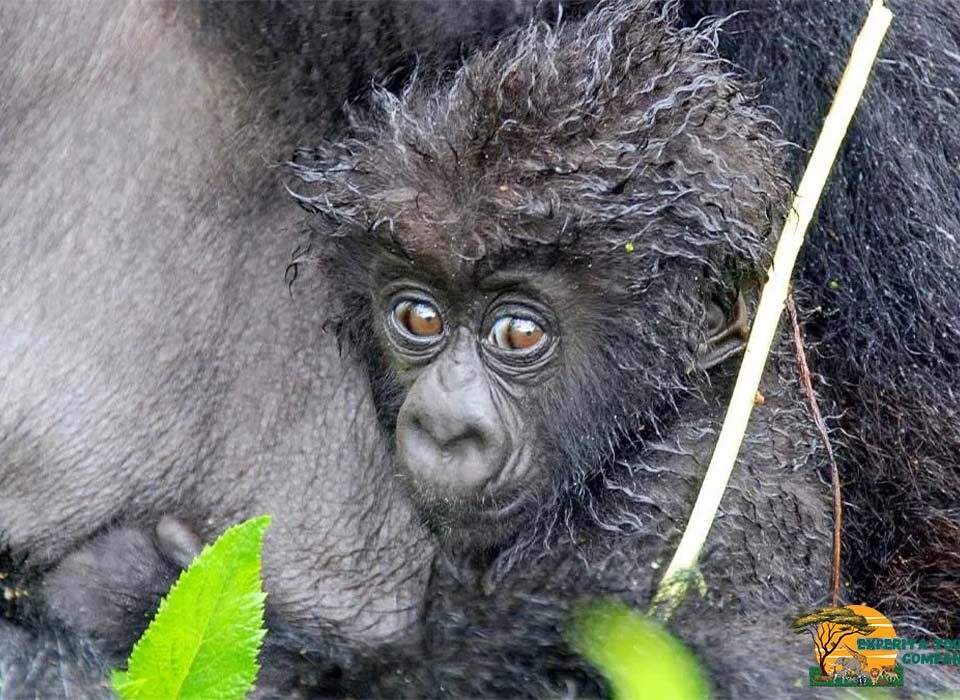
What Is Included in Uganda Safari Packages for Gorilla Trekking?
July 9, 2025
What If It Rains on Gorilla Trekking Day?
July 25, 2025Top 10 Gorilla Trekking Tips for First-Timers
Gorilla trekking stands as one of the world’s most extraordinary wildlife experiences, offering you the rare opportunity to observe these magnificent creatures in their natural habitat. Whether you plan to visit Rwanda’s Volcanoes National Park, Uganda’s Bwindi Impenetrable Forest, or the Democratic Republic of Congo’s Virunga National Park, proper preparation will transform your adventure from merely memorable to absolutely life-changing.
1. Book Your Permits Well in Advance
Secure your gorilla trekking permits at least four to six months before your planned visit, though booking a year ahead proves even wiser. Each country issues only a limited number of permits daily – Rwanda allows 96 visitors, Uganda permits 152, and Congo issues fewer than 40. These permits cost between $800-$1,500 depending on your destination, with Rwanda commanding the highest prices but offering the most accessible trekking conditions. Contact Experiya Tour Company or national park offices directly to avoid fraudulent bookings that could devastate your travel plans.
2. Achieve Optimal Physical Fitness
Prepare your body for demanding terrain by building cardiovascular endurance and leg strength at least two months before departure. Mountain gorillas inhabit steep, densely forested slopes at altitudes reaching 4,000 meters, requiring you to navigate challenging paths for anywhere from 30 minutes to eight hours. Incorporate hiking with a weighted backpack, stair climbing, and interval training into your routine. Focus particularly on strengthening your calves, quadriceps, and core muscles, as these will bear the brunt of navigating uneven terrain and steep inclines.
3. Pack Essential Gear Strategically
Invest in waterproof hiking boots with excellent ankle support and break them in thoroughly before your trip. Pack lightweight, long-sleeved shirts and pants in neutral colors to protect against stinging nettles, thorns, and insects while avoiding bright colors that might disturb the gorillas. Bring waterproof gloves to protect your hands when grabbing vegetation for support, and pack a quality rain jacket since mountain weather changes rapidly. Include a small daypack, plenty of water, energy snacks, and a first aid kit containing basic medications and blister treatment.
4. Master Gorilla Etiquette and Safety Rules
Maintain a minimum seven-meter distance from gorillas at all times, though guides may require you to move closer or farther based on the group’s behavior. Never make direct eye contact with gorillas, as they interpret this as a threat or challenge. Keep your voice to whispers and move slowly and deliberately to avoid startling these powerful animals. If a gorilla approaches you, remain calm, avoid sudden movements, and follow your guide’s instructions immediately. Remove or secure any loose items like jewelry or camera straps that curious gorillas might grab.
5. Understand Permit Requirements and Restrictions
Ensure your passport remains valid for at least six months beyond your travel date, as most countries require this for permit issuance. Verify that you meet the minimum age requirement of 15 years in all three countries. Prepare for strict health screenings, as parks prohibit visitors showing any signs of illness, including colds, coughs, or stomach issues, to protect gorillas from human diseases.
6. Choose Your Destination Wisely
Rwanda offers the most accessible gorilla trekking experience with well-maintained trails and shorter hiking distances, making it ideal for those with limited mobility or time constraints. Uganda provides the most affordable option with diverse landscapes and longer, more adventurous treks through ancient forests. Congo delivers the most authentic wilderness experience with fewer tourists but requires greater risk tolerance due to political instability. Consider your budget, fitness level, and appetite for adventure when selecting your destination.
7. Hire Quality Guides and Porters
Employ local porters not only to support community economies but also to significantly ease your trekking burden. Porters will carry your daypack, offer stability assistance on difficult terrain, and provide valuable local knowledge about flora and fauna. Tip porters generously, as this income supports their families and encourages conservation efforts. Choose reputable tour operators with experienced guides who demonstrate deep knowledge of gorilla behavior and safety protocols. Verify that your operator holds proper licensing and maintains good relationships with park authorities.
8. Prepare for Unpredictable Weather
Pack for all weather conditions, as mountain climates shift dramatically throughout the day. Morning temperatures might hover around 15°C (59°F) with heavy mist, while afternoon conditions could reach 25°C (77°F) with intense sunshine. Bring layered clothing that you can easily add or remove, including a warm fleece or light jacket for early morning starts. Pack a quality rain poncho or waterproof jacket, as afternoon showers occur frequently in these cloud forests. Waterproof your camera equipment and important documents in sealed bags.
9. Manage Your Expectations Realistically
Understand that gorilla encounters involve wild animals following natural behaviors, not performing for tourists. Some days offer incredible close encounters with playful juveniles and protective silverbacks, while others might involve distant observations through thick vegetation. Tracking times vary enormously based on gorilla movement patterns, weather conditions, and your group’s hiking speed. Embrace the entire experience, including the forest sounds, unique plant life, and other wildlife sightings like golden monkeys or exotic birds. Remember that you’re entering the gorillas’ home as a privileged guest.
10. Support Conservation Through Responsible Tourism
Choose tour operators that demonstrate genuine commitment to gorilla conservation and community development. A significant portion of permit fees funds anti-poaching efforts, habitat protection, and local community projects, making your visit a direct contribution to conservation success. Follow all park rules meticulously, stay on designated trails, and never leave any trash behind. Consider extending your stay to explore other conservation projects or community initiatives, maximizing your positive impact on the region.
Purchase travel insurance that covers adventure activities and potential medical evacuation, as mountain locations might require helicopter rescue in emergencies. Bring sufficient cash in US dollars, as remote locations rarely accept credit cards. Research cultural norms and learn basic greetings in local languages to show respect for communities you’ll encounter.
Your gorilla trekking adventure represents far more than a wildlife viewing opportunity – it connects you directly to critical conservation efforts protecting one of our planet’s most endangered species. By following these essential tips, you’ll maximize both your safety and enjoyment while contributing meaningfully to the long-term survival of mountain gorillas. The memories you create during those precious 60 minutes with a gorilla family will inspire you for years to come, making every preparation effort absolutely worthwhile.




